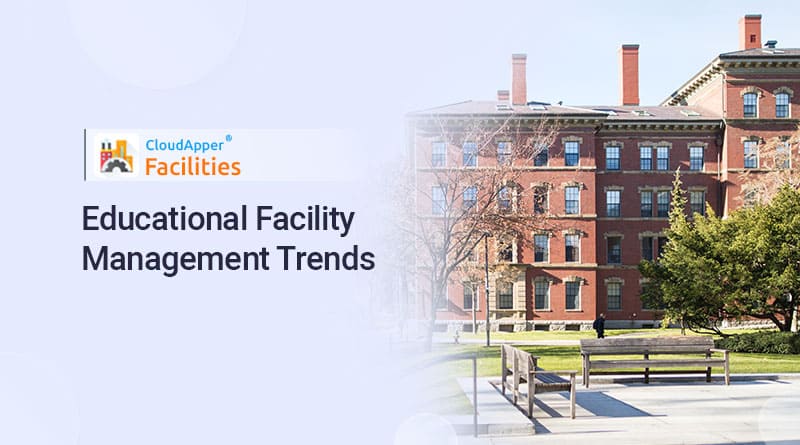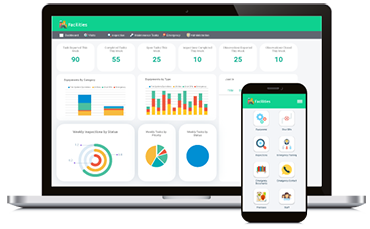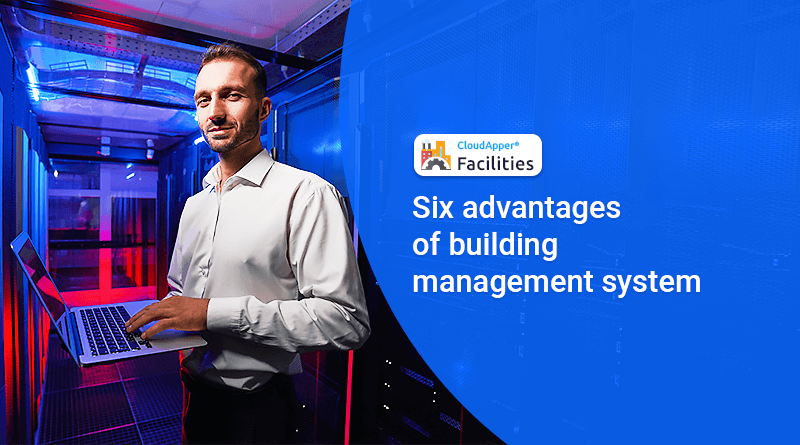From declining tuition income and dwindling public funding, colleges and institutions across the United States are suffering the financial impact. Those who work in the educational facility management industry are aware of these problems.
Schools, colleges, and universities — with an emphasis on technology and asset management — have been recognized as some of the most important trends in education. Campuses are changing to meet the needs of today’s students, who anticipate a wired environment in their classrooms, residence halls, and other common areas.
There’s been a lot of talk about how educational institutions are also feeling the strain of the recession. Because of this, several universities are reevaluating how they prepare, deliver, manage, and maintain their physical buildings.
Higher education institutions are embracing business sector strategies to prepare for economic problems.
As opposed to academics, businesses are hiring administrative officers in increasing numbers. Used as a method of bridging financial holes, these leaders are allowing for new perspectives on outsourcing tactics and looking at facility management and public-private partnerships.
Facility Financing in the Future
CloudApper Facilities users see five significant themes for the future of higher education.
1)Use of space in a better way
Teachers’ usage of facilities has altered due to changes in learning methods. Lecture halls are becoming obsolete because of decreasing class numbers and a focus on cooperation. As a result of these shifts, schools have had to adapt their current facilities to suit their demands better.
Some contributors like the chance to leave a lasting legacy on campus, and new buildings may help sell a college to students. With limited resources and an emphasis on cost-effectiveness, institutions are more willing to repurpose unused facilities.
2) Outsourced Facility Management
Some institutions are outsourcing their facility management to save money.
3) Using Technology To Increase Productivity
Educational facility management software is an easy way to save money if you know how to use data and insights effectively.
Many educational institutions have a lot of data, but it isn’t often combined in a way that helps them identify chances for cost reduction. On the other hand, facility managers can turn building data into usable information.
4)Technology-Enabled Facilities Are Driven by Facility Management
Facility managers are being taught by several schools so they can get the most out of their technology. It is not uncommon for facility managers to send their staff to conferences and training sessions so that they may stay abreast of the most recent advancements in technology.
5) Alternative Financing of New Construction and Refurbishment Projects
A growing number of P3s allow for construction improvements to be made without using public funds. Student housing has been the primary usage of these financial arrangements, but colleges are now adopting them for other buildings as well.
P3s-based student housing programs have been a huge success in many schools.
With this new financial and operational framework in place, they are now looking at future campus and off-campus developments, from academic facilities to mixed-use commercial and parking structures.
They want their campuses to be sustainable, technologically savvy, and full of life. Whatever the case may be, colleges and universities are on the lookout for innovative ways to improve the student experience and alter their campuses.



















